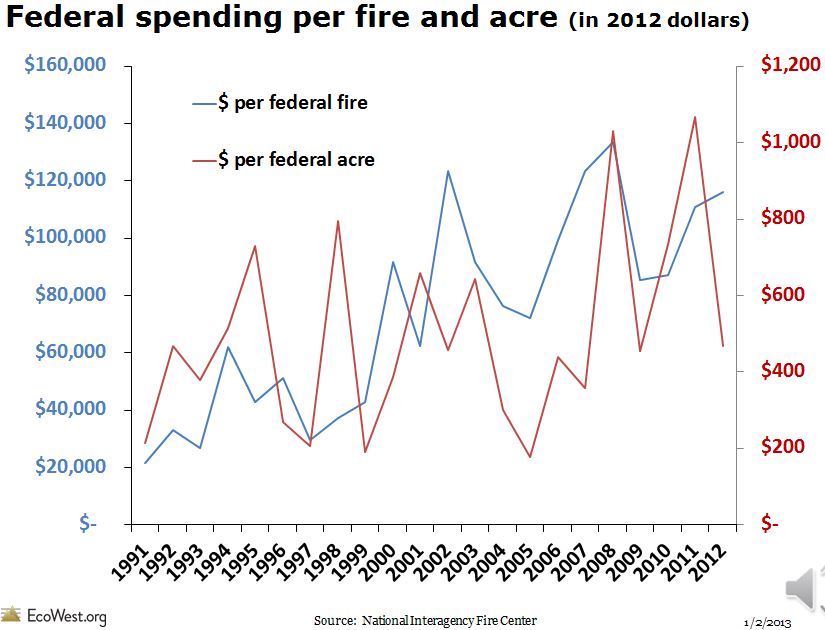
Appropriate manipulation of the landscape can make a significant contribution towards wildfire survival. Firescaping integrates traditional landscape functions and needs into a design that reduces the threat from wildfire.
In addition to meeting a homeowner’s aesthetic desires and functional needs, firescaping includes vegetation modification techniques, planting for fire safety, defensible space principles, and use of fire safety zones.
Three factors determine wildfire intensity: topography, weather and fuels (vegetation). Property owners can control the fuel component through proper selection, placement, and maintenance of vegetation. Careful planning and firescape design can diminish the possibility of ignition, lower fire intensity, and reduce how quickly a fire spreads – all factors which will increase a home’s survivability during a wildfire.
In firescaping, plant selection is primarily determined by a plant’s ability to reduce the wildfire threat. Other considerations may be important such as appearance, ability to hold the soil in place, and wildlife habitat value.
Minimize use of evergreen shrubs and trees within 30 feet of a structure, because junipers, other conifers, and broadleaf evergreens contain oils, resins, and waxes that make these plants burn with great intensity.
Choose “fire smart” plants - typically plants with a high moisture content, larger leaves, low growing, with stems and leaves that are not resinous, oily or waxy. Deciduous trees are generally more fire resistant than evergreens because they have a higher moisture content when in leaf, and a lower fuel volume when dormant.
Placement and maintenance of trees and shrubs is as important as actual plant selection. When planning tree placement remember their size at maturity. Keep tree limbs at least 10 feet from chimneys, power lines and structures, and separate canopies so no trees touch. Do not plant shrubs beneath trees.
Firescape design uses driveways, lawns, walkways, patios, parking areas, areas with inorganic mulches, and fences constructed of nonflammable materials such as rock, brick, or concrete to reduce fuel loads and create fuel breaks. Fuel breaks are a vital component in firescape design. While bare ground can not burn, it is not promoted as a firescape element due to aesthetic and soil erosion concerns.
When designing a firesafe landscape, remember that less is better. Simplify visual lines and groupings. A firesafe landscape lets plants and garden elements reveal their innate beauty by leaving space between plants and groups of plants. In firescaping, open spaces are as important as the plants.






